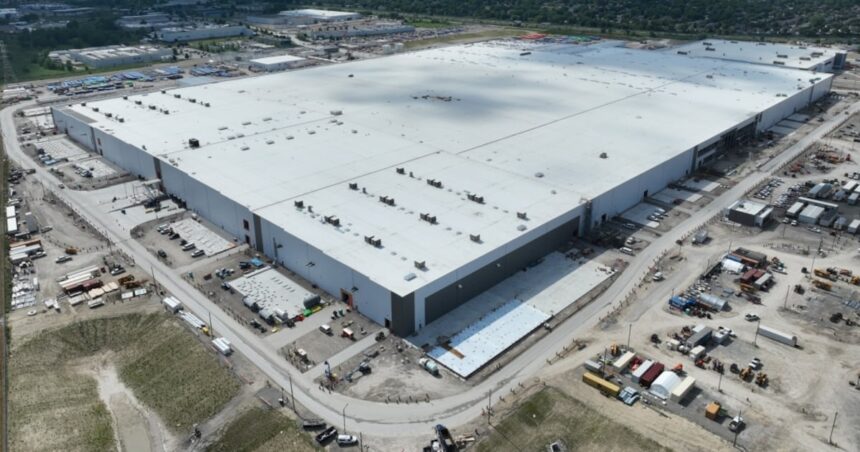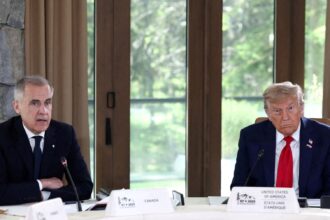In a significant breakthrough for Canada’s emerging electric vehicle sector, Unifor and NextStar Energy announced a tentative labor agreement early Tuesday morning, potentially ending weeks of tense negotiations that had threatened to derail production timelines at the $5 billion Windsor battery facility.
The agreement, reached after a marathon 28-hour bargaining session, represents a critical milestone for Canada’s ambitions to secure a foothold in the global EV supply chain. NextStar’s Windsor plant—a joint venture between Stellantis and LG Energy Solution—stands as the largest single automotive investment in Canadian history and the nation’s first large-scale EV battery manufacturing facility.
“This tentative agreement delivers on our core demands for fair wages, benefits, and working conditions that reflect the strategic importance of these jobs,” said Lana Payne, Unifor National President, in a statement released shortly after the deal was announced. “Our members understand they’re building not just batteries, but Canada’s industrial future.”
The breakthrough comes just days before a strike deadline that would have halted construction work at the facility, which is already six months behind its original production schedule. Sources close to the negotiations indicate the agreement includes significant wage improvements, enhanced health benefits, and stronger job security provisions—though full details remain confidential pending ratification by union members.
Industry analysts view the agreement as crucial for maintaining investor confidence in Canada’s EV manufacturing strategy. “This facility represents the cornerstone of Canada’s electric vehicle ambitions,” explained Dr. Elena Mikhailova, automotive sector economist at the University of Toronto. “A prolonged labor dispute would have sent troubling signals to other potential investors considering similar projects in Ontario’s emerging battery corridor.”
The NextStar facility, when fully operational, is expected to create approximately 2,500 direct jobs and supply batteries for Stellantis’ North American EV production. Federal Innovation Minister François-Philippe Champagne described the project as “transformational” for Canada’s automotive sector, which has faced significant challenges adapting to the global shift toward electric vehicles.
NextStar CEO Danies Lee expressed cautious optimism about the agreement, noting that meeting production targets remains the priority. “We recognize the importance of creating high-quality jobs while ensuring this facility becomes operational on a timeline that keeps us competitive in a rapidly evolving market,” Lee stated.
The agreement also arrives against the backdrop of intensifying global competition for EV manufacturing investment. Recent U.S. Inflation Reduction Act incentives have created powerful financial attractions for companies to locate battery production south of the border, placing additional pressure on Canadian negotiators to balance labor demands with economic competitiveness.
Provincial and federal officials, who collectively provided nearly $1 billion in subsidies for the project, have been monitoring the negotiations closely. Ontario Premier Doug Ford called the tentative agreement “welcome news for Windsor and Ontario’s entire automotive ecosystem,” while emphasizing the province remains “open for business” in the green technology sector.
Union members are scheduled to vote on the agreement this weekend, with Unifor leadership recommending ratification. If approved, production equipment installation could resume immediately, with battery cell manufacturing potentially beginning by early 2026.
As Canada navigates the complex transition to electric vehicle production, the question remains: will this agreement serve as a template for future EV manufacturing projects, or will each new facility require its own delicate balancing of worker interests, investor demands, and government priorities?

























